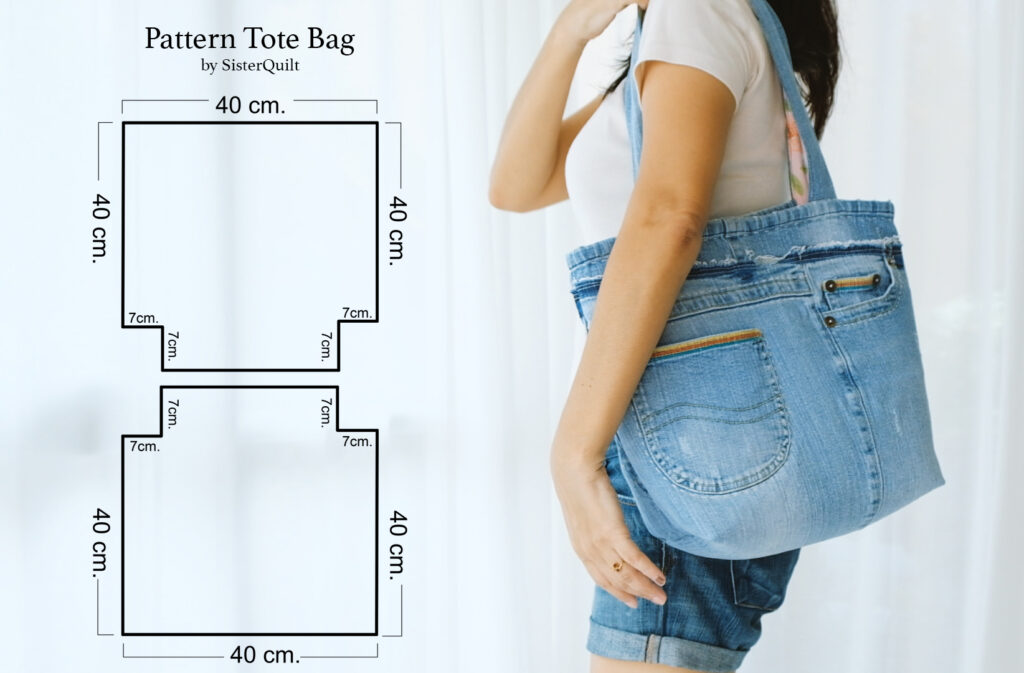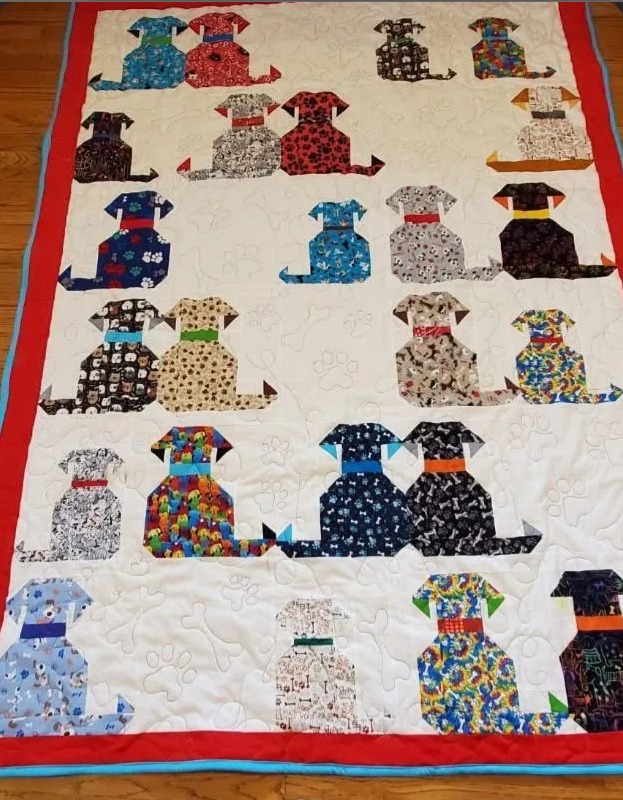The Kitchen Table Quilt Block Pattern is more than just a sewing design; it’s a heartwarming symbol of creativity, comfort, and connection. For generations, the kitchen table has been the center of the home — a place where stories are shared, meals are enjoyed, and creative projects are born.
Using the Kitchen Table Quilt Block Pattern allows quilters to express their love for tradition while experimenting with modern fabric choices and layouts. The pattern itself is flexible, offering endless opportunities for color play and design interpretation.
What makes the Kitchen Table Quilt Block Pattern stand out is how it connects craft and emotion. Every stitch reminds you of moments shared — laughter, conversation, and the peaceful rhythm of working with your hands.

Understanding the Kitchen Table Quilt Block Pattern
At its core, the Kitchen Table Quilt Block Pattern is based on classic geometric shapes — usually squares and rectangles — that form a balanced, symmetrical design. The beauty of this block lies in its simplicity, making it perfect for quilters of all skill levels. Beginners can easily follow the layout, while advanced quilters can play with variations and color gradients to achieve a more complex look.
Each block typically represents the concept of gathering and unity, with pieces coming together harmoniously. The pattern’s structure often mirrors the shape of a kitchen table, giving it a strong visual identity and symbolic meaning. It’s a reminder that even in our busy modern lives, there’s value in slowing down to create something beautiful with our hands.
Choosing the right fabrics for your Kitchen Table Quilt Block Pattern can completely change the feel of your quilt. Earth tones and warm colors bring a rustic, homey feel, while bold prints and bright hues make it more modern and lively. Many quilters enjoy using fabric scraps from previous projects to give each block a sentimental touch.
When assembling the blocks, accuracy is key. Make sure to cut your pieces precisely and press seams carefully to maintain sharp corners and clean lines. A well-constructed block ensures that the finished quilt top will lie flat and look professional. Taking your time during this step makes a huge difference in the final outcome.
It’s also a great idea to sketch or plan your layout before you start sewing. Using digital quilt design tools or even paper sketches helps you visualize how the colors and patterns will interact. This simple step can save you from surprises later and help you create a quilt that reflects your vision perfectly.
Step-by-Step Tips for Sewing the Pattern
Creating your own Kitchen Table Quilt Block Pattern starts with preparation. Before cutting any fabric, wash and press your materials to prevent shrinking or color bleeding later. This step may seem small, but it ensures the longevity and quality of your finished piece. Proper preparation helps every block fit together smoothly.
Next, measure and cut each fabric piece with precision. A rotary cutter, cutting mat, and clear acrylic ruler are essential tools for this process. Remember, even small inconsistencies in measurement can affect how your quilt blocks align. Accuracy ensures that your quilt has crisp, professional edges and a pleasing symmetry.
When piecing your fabric, use a consistent seam allowance—usually ¼ inch. This small detail keeps the design uniform and makes assembly much easier. Many quilters use a special presser foot designed for accurate seam allowances to achieve perfect results every time.
Press your seams as you go. Instead of ironing back and forth, gently press down and lift. This method prevents distortion and keeps your quilt top flat. Some quilters prefer pressing seams open, while others press them to one side—try both methods to see which you prefer.
Once your blocks are ready, arrange them on a design wall or flat surface before stitching them together. Experiment with placement until you find a layout that feels balanced and harmonious. Don’t be afraid to rearrange colors or rotate blocks until the design feels right to you.
Finally, add your batting, backing fabric, and quilt layers together. Quilt through all layers using your preferred stitching method—whether hand-quilting, machine-quilting, or free-motion quilting. Then, finish the edges with a neatly sewn binding to complete your Kitchen Table Quilt Block Pattern masterpiece.
Creative Ways to Customize Your Quilt
One of the most enjoyable aspects of working with the Kitchen Table Quilt Block Pattern is how easy it is to personalize. Every choice of fabric, color, and stitching detail lets you express your individual style. Even if you follow the same pattern as others, your quilt will always be uniquely yours.
Consider using themed fabrics that reflect the mood or story you want your quilt to tell. For example, floral prints can create a soft, vintage feel, while bold geometric patterns give a contemporary touch. You can even use fabric from old clothing or linens to add sentimental value.
Adding embroidery or applique details to the finished quilt enhances its character. A small embroidered quote, a stitched heart, or even initials can make the design more personal. These small touches transform your quilt into a cherished keepsake that tells a story beyond its fabric pieces.
Experiment with the size of your quilt blocks. Larger blocks work beautifully for bed quilts or throws, while smaller ones are great for wall hangings, cushions, or table runners. Adjusting the block size gives you creative freedom to fit your project’s purpose perfectly.
Another creative idea is to mix the Kitchen Table Quilt Block Pattern with other traditional blocks, such as the Nine Patch or Log Cabin. Combining designs adds depth and texture to your quilt, creating a visually dynamic piece that celebrates different quilting traditions.
Finally, think about your quilting stitch pattern. Whether you prefer straight-line quilting, free-motion swirls, or hand-quilted stitches, the design of your stitching adds the final layer of beauty and craftsmanship to your project.
Caring for and Displaying Your Quilt
After completing your Kitchen Table Quilt Block Pattern, proper care ensures that your creation remains beautiful for years. Quilts are meant to be loved and used, but they also require attention to maintain their color and structure.
When washing, always use a gentle cycle and mild detergent. Cold water helps preserve the fabric’s vibrancy. If your quilt has delicate fabrics or embellishments, hand washing is the safest method. Avoid bleach or harsh chemicals, as they can weaken fibers over time.
Dry your quilt by laying it flat on a clean surface or hanging it over a line, supporting its weight evenly. Avoid wringing or twisting the fabric. Once dry, store it in a cool, dry place away from direct sunlight to prevent fading.
If you plan to display your quilt, consider framing it behind glass or using a quilt hanger. This not only showcases your craftsmanship but also protects the fabric from dust and light damage. A quilt on the wall can transform any room into a cozy, inviting space.
Regularly rotate your displayed quilts to give each piece time away from light exposure. For stored quilts, refold them occasionally to prevent permanent creases along fold lines. Using acid-free tissue paper between folds also helps maintain fabric quality.
Remember, each quilt tells a story. By caring for your Kitchen Table Quilt Block Pattern creation, you’re preserving both the art and the emotion woven into every stitch.
FAQ about The Kitchen Table Quilt Block Pattern
1. What size should I make my Kitchen Table Quilt Block Pattern?
Typical block sizes range from 8 to 12 inches, but you can easily scale them up or down depending on your project.
2. Is this pattern suitable for beginners?
Yes! The Kitchen Table Quilt Block Pattern is a great choice for new quilters because it uses simple shapes and straightforward assembly steps.
3. What fabrics work best for this quilt block?
Cotton fabrics are ideal because they are easy to cut, sew, and press. Quilting cottons also hold their shape well.
4. Can I make a modern version of the pattern?
Absolutely. Use bold colors, contrasting prints, or minimalist solids to give a modern twist to this traditional block.
Conclusion
The Kitchen Table Quilt Block Pattern beautifully blends tradition, creativity, and emotion. From selecting fabrics to sewing the final seam, every step invites mindfulness and joy. This timeless design celebrates both craftsmanship and connection — just like the conversations and laughter shared around a real kitchen table.



